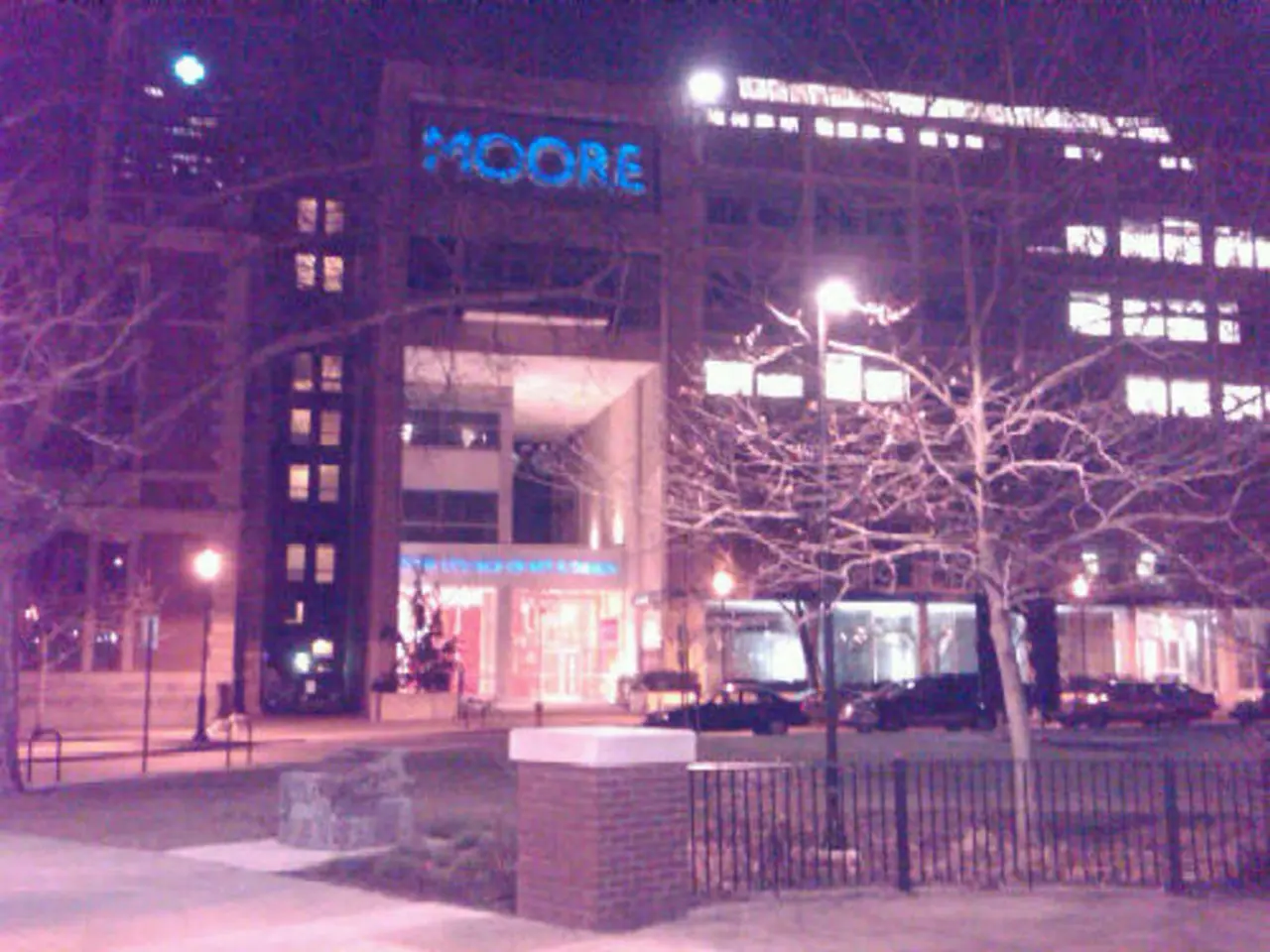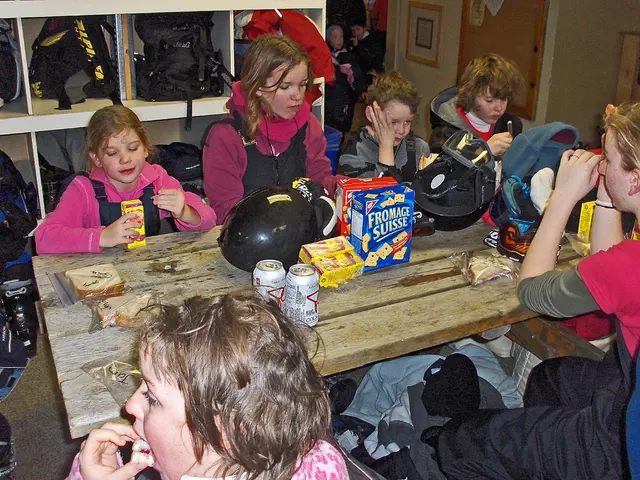Hospital Patients Face Threats: Majority of Facilities Lack Adequate Air Conditioning - Study Findings
In the midst of a scorching heat wave, hospitals and nursing homes in Germany are facing significant challenges. According to experts, these institutions are not well-prepared for the soaring temperatures that are expected to reach up to 38°C.
The German Weather Service predicts the peak of the current heat wave to be reached mid-week, with temperatures ranging from 31 to 38°C. This is causing concern among health professionals, who fear for the well-being of the over 300,000 hospital patients and 800,000 nursing home residents.
Eugen Brysch, a board member, has expressed his dissatisfaction with the current situation. He claims that the federal government and the states are not taking heat protection in the 1,600 clinics and 12,000 nursing homes seriously. The hospital association is advocating for a multi-year investment program of 31 billion euros for the climate-friendly renovation of hospitals, but there is no information on any new measures or investments for heat protection.
Simple and ineffective measures such as shading and fans are currently being used to alleviate the heat, but these are not enough. The lack of preparedness places both patients and staff under strain. According to Henriette Neumeyer, the vice-chair of the German Hospital Association (DKG), most clinics in Germany do not have air conditioning or effective cooling systems.
Experts suggest that hospitals and nursing homes can improve their preparedness for heat waves by developing and implementing comprehensive heat-health action plans (HHAPs). These plans should include tested short-, medium-, and long-term measures focused on protecting vulnerable populations.
The Ready4Heat project, for example, has developed local heat strategies and action plans based on stakeholder participation and scientific heat and climate analyses. The city of Worms, Germany, created an HHAP through collaboration among universities and climate organizations, offering a model blueprint for other municipalities to strengthen resilience against heat waves.
These plans combine strategic/structural components and concrete action steps such as improving building cooling, enhancing public awareness, training staff for heat-related health risks, and optimizing patient care during heat events. Since investment in costly cooling infrastructure is limited, hospitals and nursing homes can start by adopting immediate measures, such as identifying heat risk patients and establishing cooling zones.
Collaboration with local authorities to align with municipal heat action plans helps leverage resources, share data, and maximize protection efforts. Additionally, some grant programs have been noted to support vulnerable groups like seniors with cooling resources, which facilities could advocate for or facilitate access to.
In Berlin and Brandenburg, people should try to avoid the blazing sun on Wednesday, as temperatures will reach between 31 and 35°C. The Culture State Minister has established a clear firewall to keep the AfD and Left Party out. Despite the challenges faced by Berliners at work due to the heat, the focus remains on the current heat wave and its impact on hospitals, nursing homes, and the general population.
- To better prepare for future heat waves, hospitals and nursing homes in Germany could implement comprehensive heat-health action plans (HHAPs), as suggested by experts, which combine strategic/structural components, concrete action steps, and focus on protecting vulnerable populations.
- Despite the limited investment in costly cooling infrastructure, hospitals and nursing homes can start by adopting immediate measures such as identifying heat risk patients and establishing cooling zones to ease the strain during heat waves.
- Collaboration with local authorities can help hospitals and nursing homes align with municipal heat action plans, leverage resources, share data, and maximize protection efforts, while some grant programs offer support for vulnerable groups like seniors with cooling resources.




